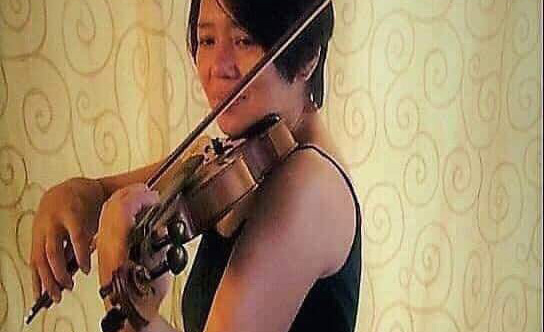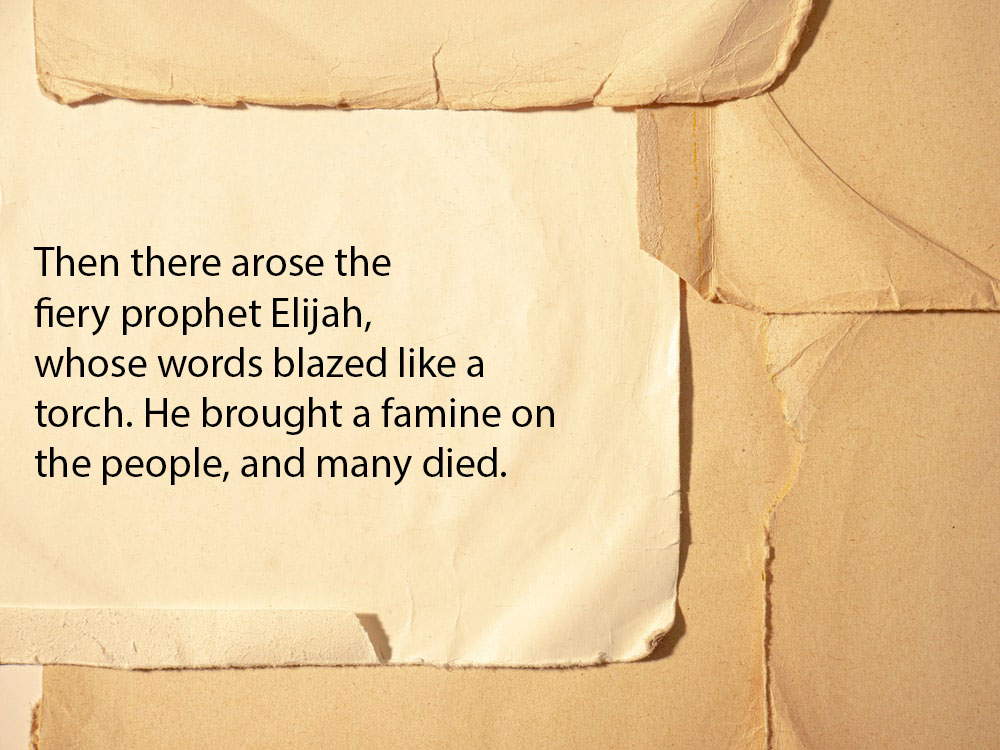
by maria lourdes de vera
Teaching special needs children.
There are many different philosophies to guide teaching. Surely, all are great ways to impart learning. In the light of the child, flexibility in thought and method are part of effective teaching. A different approach is sometimes necessary to make learning meaningful for the child. Philosophies are signpost that show the potentials but these possibilities are made available and crafted by the teacher.
The artistic activity is a unique creative process. The beauty of teaching is the creative use of tools such as instruments and activities like music to effect learning.
Creating a significant learning experience involves finding the approach that best suits the child. Look at the potential. *That is no different from seeing the tree within the seed”
Teaching is not about the teacher.
Perhaps one of the important factor in teaching is recognizing the child as he is. Build on what is there to begin with.
All the more with autism, the challenge to creative teaching is coupled with love and compassion for special needs children who require an approach that is outside the box.
Learning is a journey for the child and the teacher.
Most children with autism respond well to music. Some of these children have exhibited special musical talent. Showing exceptional skills and adeptness with any instrument they find affinity.
Music is a vehicle for expression. It can be used as a way to improve communication skills and address sensory needs which includes distance, spatial orientation, time, rhythm, cadence, tempo, speech, timbre, sensitivity and language.
Music offers a non threatening environment for children with autism to interact freely with their surroundings and play improving autistic symptoms. The experience of music provides a creative environment to explore and express artistically. Many children with autism are able to channel their energies through creative and artistic means participating in group singing, dancing and instrument playing – group performance. These activities encourage positive human behaviour and the dynamics of social participation.
Singing and songs offer an out of the box language and speech learning. It stimulates and engages the whole child. It is an integrated learning experience that offers movement and group dynamics. A process that is healing for a child with autism. The creative use of music is a valuable tool for the teacher or parent in helping a child achieve group inclusion. Proper exposure and appropriate activities increase the potential for diminishing autistic tendencies. On the other hand, a mixed group children creates a balance in social learning.
Through songs, the child learn new words and sentence building. Children learn to associate word and object and the use of language and meaning. Association by objective imagery is rudimentary and basic mental capacity. A foreground to higher learning, abstract reasoning, and comprehension as well. By singing children absorb ideas in a non conventional way. Children learns better and understand easily through play. Simply because children learn through play by imitation and example in an interactive manner.
Singing is an organic experience where meaning of words and common daily activities are embedded in the lyrics of the song. Children are able to grasp definition within the context of.
Dancing and singing enhances motor skills and sensory needs are met. Dancing and singing are parts of self – expression.
Playing an instrument stimulates, integrates and coordinate skills and senses. It develops in the child the capacity for order, sequence, harmony without having to objectively explaining the idea. It improves sensitivity and awareness among children with autism.
Speech and two way communication is promoted. Pronounciation, enunciation of words, voice tone, delivery of speech and choices of words are learned through consistent exposure reducing monotone and high pitched speech. New words are learned taken in with every song. It builds vocabulary in a descriptive way. The experience for language becomes rich with colourful imagery.
Children learn to identify common emotions by exposure and experience through activities that offer a wide avenue to understanding emotional reactions and behaviour.











